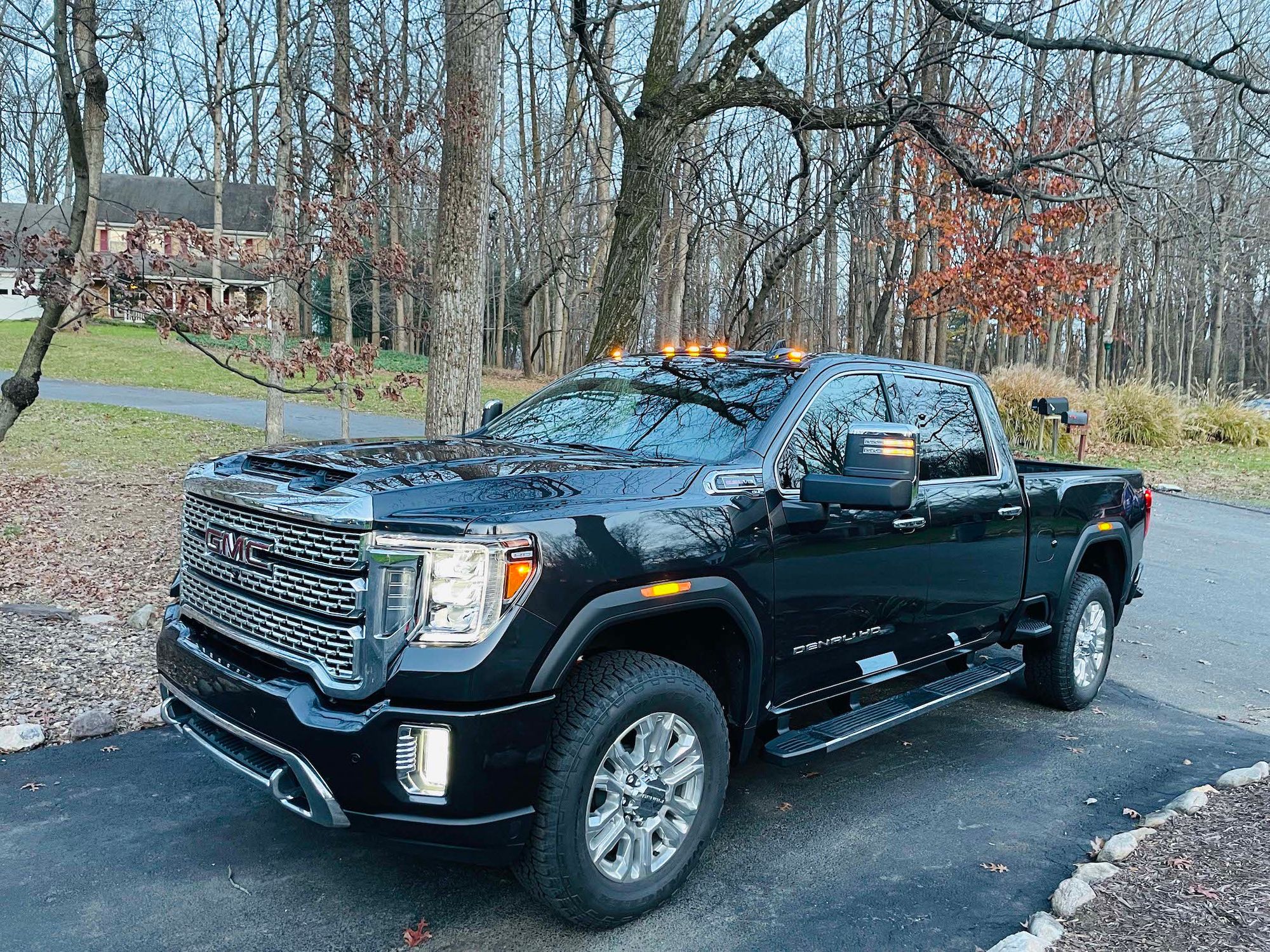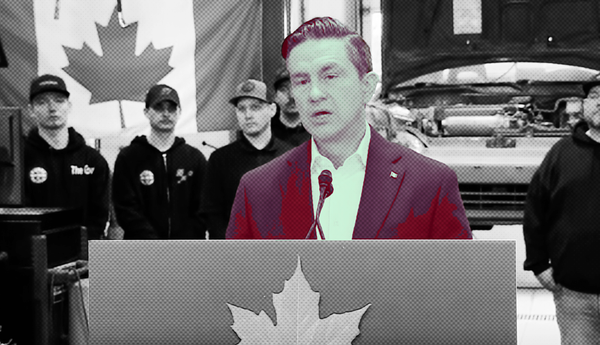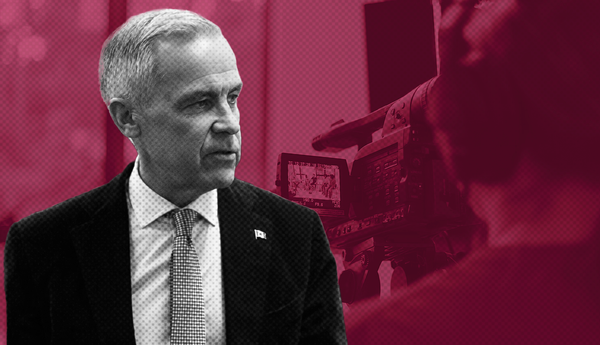On July 13, I published an article calling for a ban on sales of pickup trucks used for non-work purposes.
The article noted the following:
- Pickup truck sales are skyrocketing
- Pickup trucks are significantly larger than before, and keep growing, making them incredibly dangerous to pedestrians and other vehicles on the road
- Pickup trucks are also toxic to the environment due to their high emissions, as well as common aftermarket additions such as diesel tuners
- The vast majority of these trucks aren’t used for work, or even towing, offroading, hauling capacity, etc
I expected the article would be controversial, and it was, quickly spreading throughout Canada and the United States. I received a lot of backlash to the article, up to and including death threats — especially on Twitter, where my tweet of it has been viewed more than 2.1 million times — but was happy that it reached a broad audience.
The article was also covered and debated by a range of publications, including BizPac Review, 94.9 The Bull, CityNews, CBC Radio-Canada and even Laura Ingraham’s show on FoxNews, which is the fourth-most watched cable news program in the U.S., with a weekly viewership of 1.9 million.
With this in mind, I wasn’t surprised when, on July 25, I saw the Globe and Mail published an article by Marcus Gee titled, “Pickup trucks are a plague on Canadian streets.” I was surprised, though, when I read through it and didn’t find the mention or link back to my article that I was expecting.
Here’s why.
Article Similarities
I’ll start with what was different between our articles:
- My article called for a ban on the sale of non-work pickup trucks, whereas Gee’s didn’t include a call to action or policy suggestions
- Gee’s article included some stats and quotes that mine did not
Beyond this, however, the articles were similar in specific ways. I’m going to go over a few comparisons now in some detail, but bear with me, as it’s important.
***
Quote from my article: “As Angie Schmitt writes in Bloomberg City Lab, ‘Since 1990, [United States] pickup trucks have added almost 1,300 pounds on average. Some of the biggest vehicles on the market now weigh almost 7,000 pounds — or about three Honda Civics.’”
Quote from Gee’s article: “‘Since 1990, U.S. pickup trucks have added almost 1,300 pounds on average,’ writes author Angie Schmitt in Bloomberg CityLab. ‘Some of the biggest vehicles on the market now weigh almost 7,000 pounds – or about three Honda Civics.’”
***
Quote from my article: “The article’s author, Brett Berk, notes, ‘75 percent of truck owners use their truck for towing one time a year or less (meaning, never). Nearly 70 percent of truck owners go off-road one time a year or less. And a full 35 percent of truck owners use their truck for hauling—putting something in the bed, its ostensible raison d’être—once a year or less.’”
Quote from Gee’s article: “‘One survey found that three quarters of pickup drivers used the vehicles for hauling only one time or not at all in the course of an average year. Despite all those ads showing manly pickups growling up mountain roads or churning through mud, nearly as few drivers used them to go off road.’”
***
Quote from my article: “First, their blind spots have gotten much longer. A June Consumer Reports investigation, which ‘measured front visibility for 15 new vehicles, including full-sized and heavy-duty trucks’ found that ‘because of their height and long hoods […] some trucks had front blind spots 11 feet longer than those in some sedans and 7 feet longer than in many popular SUVs.’ This means it’s much easier for pickup truck drivers to not see small cars in front of them, much less pedestrians.”
Quote from Gee’s article: “An investigation by Consumer Reports last month, titled The Hidden Danger of Big Trucks, said that hoods are higher on current models and ‘drivers have poorer front sight lines, creating a blind spot that can hide a pedestrian or smaller car right in front.’”
***
Quote from my article: “Moreover, the industry knows pickup trucks aren’t being used for work, and so they’ve changed what the vehicles actually look like accordingly. Traditionally, pickup trucks would have two doors, a bench to sit on and an eight foot long box at the back for storing whatever was needed for the job. Now, as Jil McIntosh in Driving notes, ‘Most people buy four-door pickups, and while most of their beds are still four feet across, most are only five or six feet long. Regular-cab trucks, the ones most likely to have eight-foot boxes, are so unpopular some automakers don’t even offer them anymore.’ According to Forbes writer Jim Gorzelany, 81 per cent of new pickup truck purchases are four doors, indicating they’re likely not being used for work.”
Quote from Gee’s article: “Pickups have evolved to suit the way people use them. They often have big second rows, four doors and shorter cargo beds than they had in the past.”
***
Quote from my article: “According to the New York Times, a 2020 U.S. federal report found that, ‘The owners and operators of more than half a million diesel pickup trucks have been illegally disabling their vehicles’ emissions control technology over the past decade, allowing excess emissions equivalent to 9 million extra trucks on the road.’ These sorts of modifications were done on more than 15 per cent of all pickup trucks sold in the country. The Times article adds, ‘The report said ‘diesel tuners’ will allow the trucks to release more than 570,000 tons of nitrogen dioxide, a pollutant linked to heart and lung disease and premature death, over the lifetime of the vehicles. […] The report also found that the altered pickup trucks will emit about 5,000 excess tons of industrial soot, also known as particulate matter, which is linked to respiratory diseases and higher death rates for Covid-19 patients.’”
Quote from Gee’s article: “A recent U.S. report found that more than half a million diesel pickups had been fitted with devices that override their emissions controls, dumping pollutants into the air. In the charming practice known as rolling coal, some pickup drivers blow past cyclists and electric vehicles and deliberately spew black smoke at them.”
Evidently, Gee used several of the same sources and stats as me, as well as an identical quote. As such, I believe the right thing to do would have been to mention my article and link back to it. He didn’t do so.
Reactions
I decided to tweet about this the day Gee’s article was published. I didn’t argue that Gee had plagiarized me, but rather that he’d likely read my work, used the research in it to help form his own argument and then failed to credit me.
I received an overwhelming amount of support, and the first tweet in the thread currently has more than 195,000 impressions. I have yet to come across a single tweet claiming Gee did nothing wrong.
Here are some reactions on Twitter:
- Jesse Brown, Canadaland publisher: “And the Margaret Wente Award for originality in opinion writing goes to… @marcusbgee!”
- Manisha Krishnan, senior editor at VICE News: “It’s extremely embarrassing that major news outlets continue to do stuff like this. Linking out doesn’t cost you anything. I don’t know how people aren’t more ashamed tbh”
- Luke LeBrun, Press Progress editor: “This happens all the time because many in legacy print / broadcast media treat digital content they encounter online like it’s raw unrefined material they’re free to mine from. They won’t give attribution unless it appeared on a piece of paper or television screen somewhere.”
- Jimmy Thomson, Capital Daily managing editor: “The articles were so similar that I (wrongly) had just assumed the Globe did link back or reference the original in some way. Just read it again and, nope.”
- Brett Favaro, conservation scientist: “I read the original piece first and the second one was so similar I just assumed the G&M had offered the same author a chance to re-publish in their paper.”
Clearly, I wasn’t alone in believing the Globe fell short of what their editorial standards should be. That seemed pretty unanimous, with the only point of contention being just how far. After thinking it over for the next day, I decided to email the Globe’s Public Editor, Sylvia Stead, with my complaint. Her reply was interesting.
Globe Correspondence
On July 26, I sent Stead an email mentioning what I’ve written about here. I received a reply later that day from another Globe employee who told me Stead wouldn’t be back to work until August 2.
While I waited, the Globe story went ultra-viral, reaching the most-viewed story status on their site, getting a “Best Of” tag on Pocket and being commented on by multiple premiers. It even prompted Alberta Premier Jason Kenney’s cringe Twitter profile photo change to one of himself in a truck. This reaction also meant there was a ton of follow-up reporting, takes responding to the article, radio and television coverage, etc. And the vast majority of these stories either mentioned my article, quoted from it, linked to it and even credited it with starting the round of pickup truck discourse.
Over the next few days, my work was covered by, among others: Treehugger, Financial Post, National Observer, CBC News, City News, Politico and Driving. It was still being covered earlier this month, including in a National Post article that started off with my name, and explicitly credited me.
I also was invited to go on multiple programs to discuss the article, including CityNews Edmonton, The Evan Solomon Show, CBC’s Ontario Today and The Mike Smyth Show. This level of recognition from other publications bolstered my feeling that the Globe had done something wrong, and so I followed up with Stead providing a list of places where I’d been credited.
Finally, after another follow up email, I got a reply from Stead on August 9. Here it is (emphasis my own):
“Hello Davide and thanks for writing. My apologies for the delay in the response as I have been off. As you say, many people have written about this trend to larger vehicles and trucks, but I wanted to assure you I see no evidence that your work on this subject was deliberately ignored. Marcus tells me he was out west at the time, noticing all the trucks, and was talking to a friend about the change on the roads. He decided to write a column and had not read your piece at the time. While researching, he did come across many of the same sources you used and he did read your piece, and, as you saw from the column, he relied on the same direct quote from the Bloomberg article and some of the same facts from Consumer Reports and the NYTimes, but came to a different conclusion. It is clearly a hot topic and both of your columns were followed by so many outlets. Best wishes, Sylvia Stead. Public Editor”
I take issue with Stead’s suggestion that there’s no evidence my work was deliberately ignored, which is a conclusion that doesn’t even follow from her email. Here’s why:
- Gee admits he read my article while researching his own
- Stead admits Gee included several of the same stats and sources, as well as an identical quote, as my own
- Gee presumably makes choices about what to include in his columns
- Gee made the choice not to include any reference to my article
- Therefore, Gee chose to ignore my work in terms of crediting it, although, as you can see by the immense amount of similarities, he obviously didn’t ignore it in the research stage
At the very least, with all of this in mind, Gee should have mentioned and linked to my work. Sure, I guess it’s possible that Gee somehow managed to not see my article in the early stages of his research, happened to come across many of the same sources as me and decided to even include identical parts of quotes, and only came across my article at the end. That’s difficult to believe though.
I also didn’t claim Gee got the idea that pickup trucks are dangerous from me, as that would be absurd and unverifiable. I simply argued that he benefited a lot from my article, and didn’t give it credit.
Later that day, I replied to Stead making similar points as above, and adding, “I believe this choice falls short of what editorial standards should be when it comes to crediting other journalists, at the very least. Do you agree? Or does the Globe have a different editorial standard on this issue?”
I have yet to receive a reply.
Why Does It Matter?
My main objective when writing something is to get its argument or research to spread, regardless of whether it’s through my article or elsewhere. As such, I’m happy with the reaction the pickup truck article received, which matters more to me on a personal level than credit.
However, I currently work for Passage, which is an independent, 100 per cent reader-funded digital outlet. Our survival depends on getting readers to the site, and having them come back often enough that they decide to pay to become a member. Coverage of, and linkbacks to, our work by legacy media outlets helps bring readers to our site, especially if it’s in an ultra-viral article. As such, Gee’s choice to not do what would have been ethically right, simple and free, likely ended up costing us.
If this doesn’t matter to you (which, fair enough), then you may be bothered that one of Canada’s just two national newspapers, with one of the highest rates of circulation, that has, according to them, “won more national newspaper awards than any other news organization in Canada,” and is the “foremost news media company and a part of Canada’s fabric” doesn’t seem to think what they did is in any way problematic.
We deserve better.







